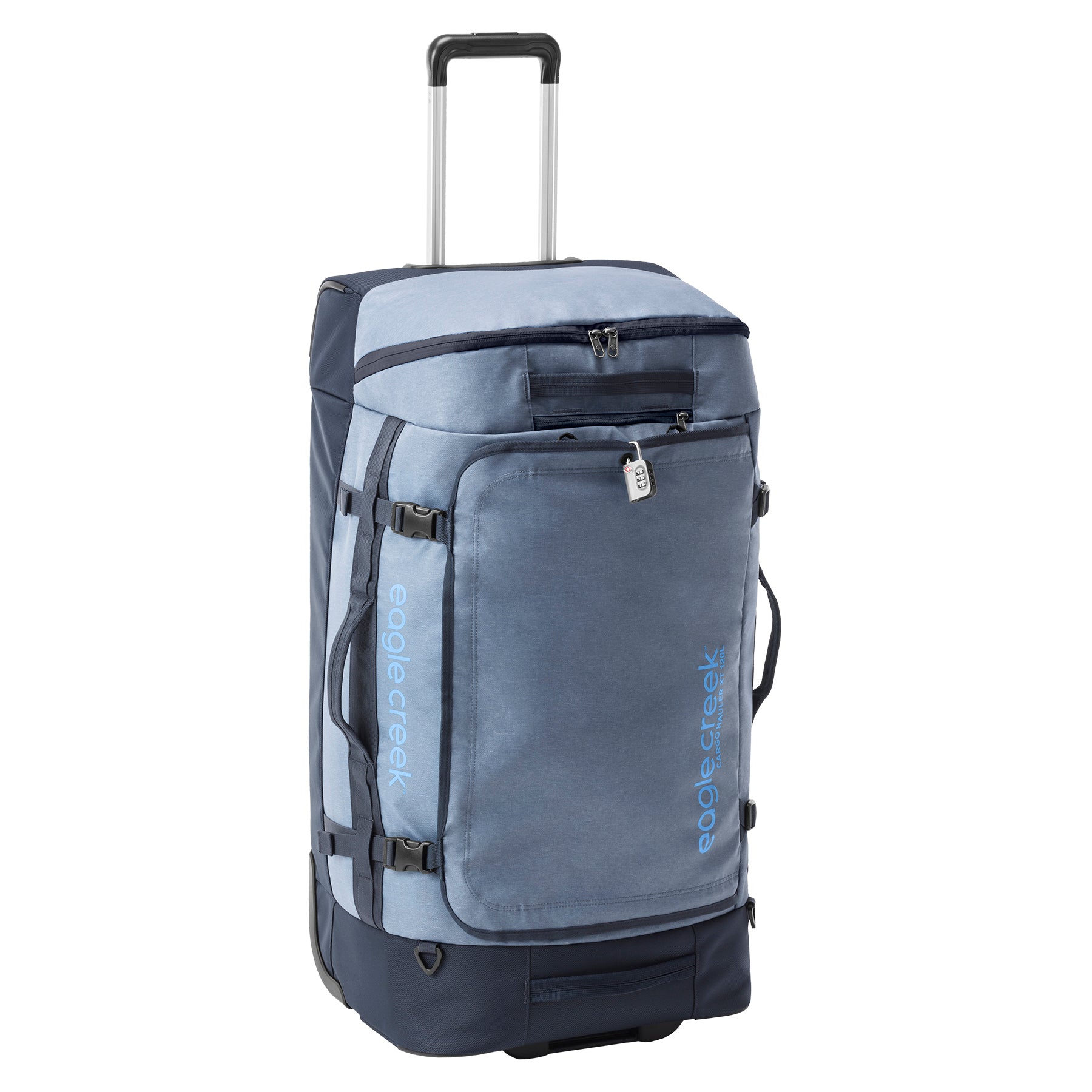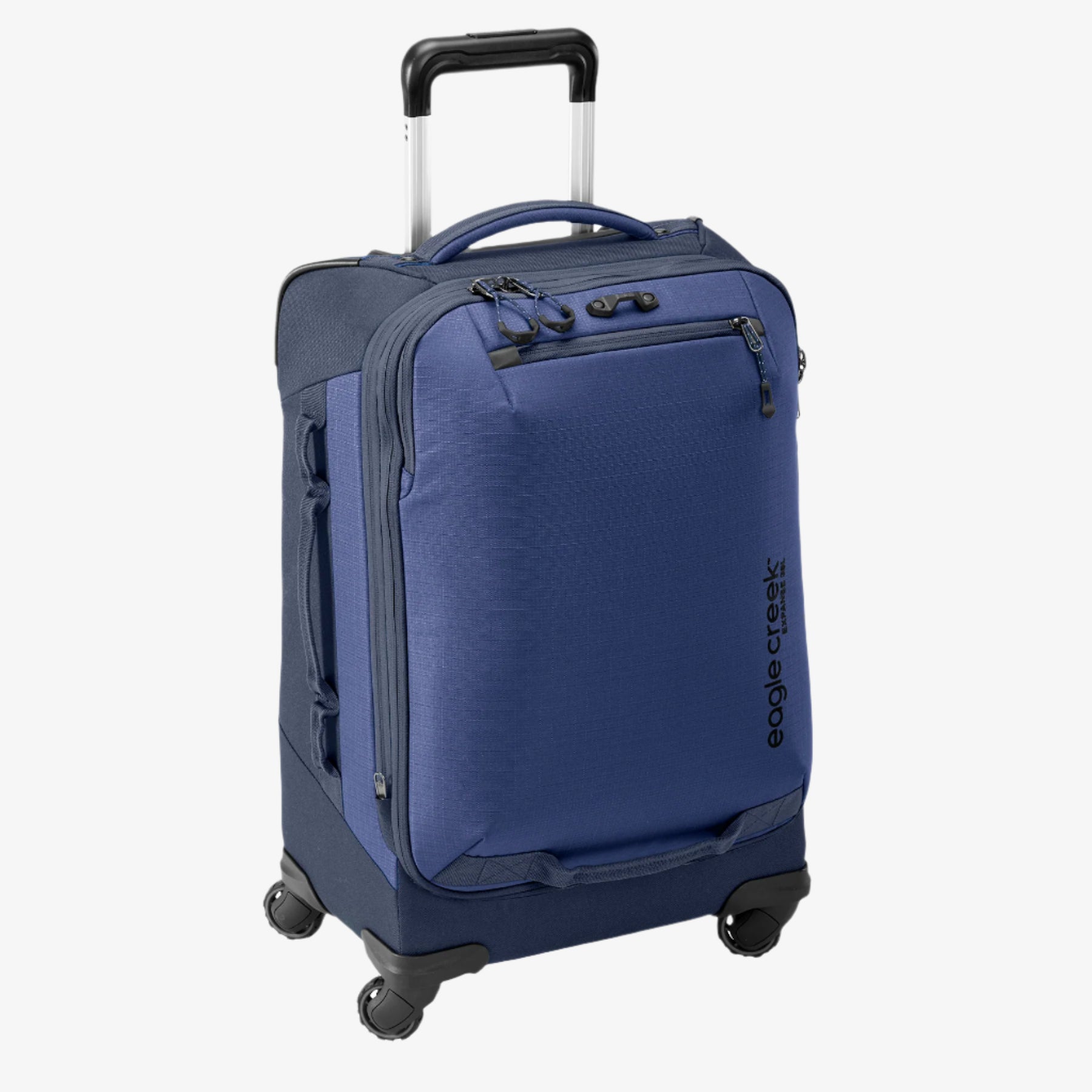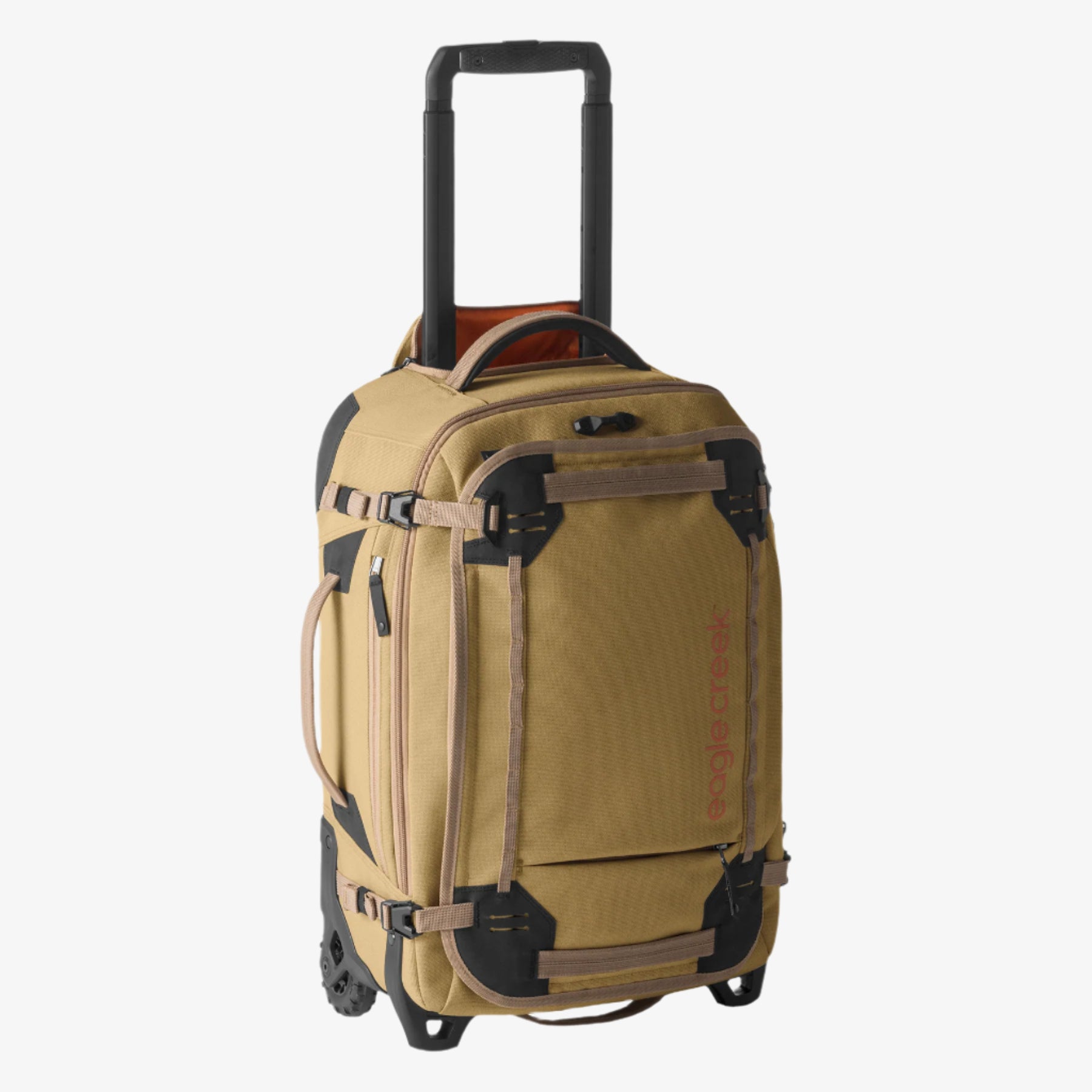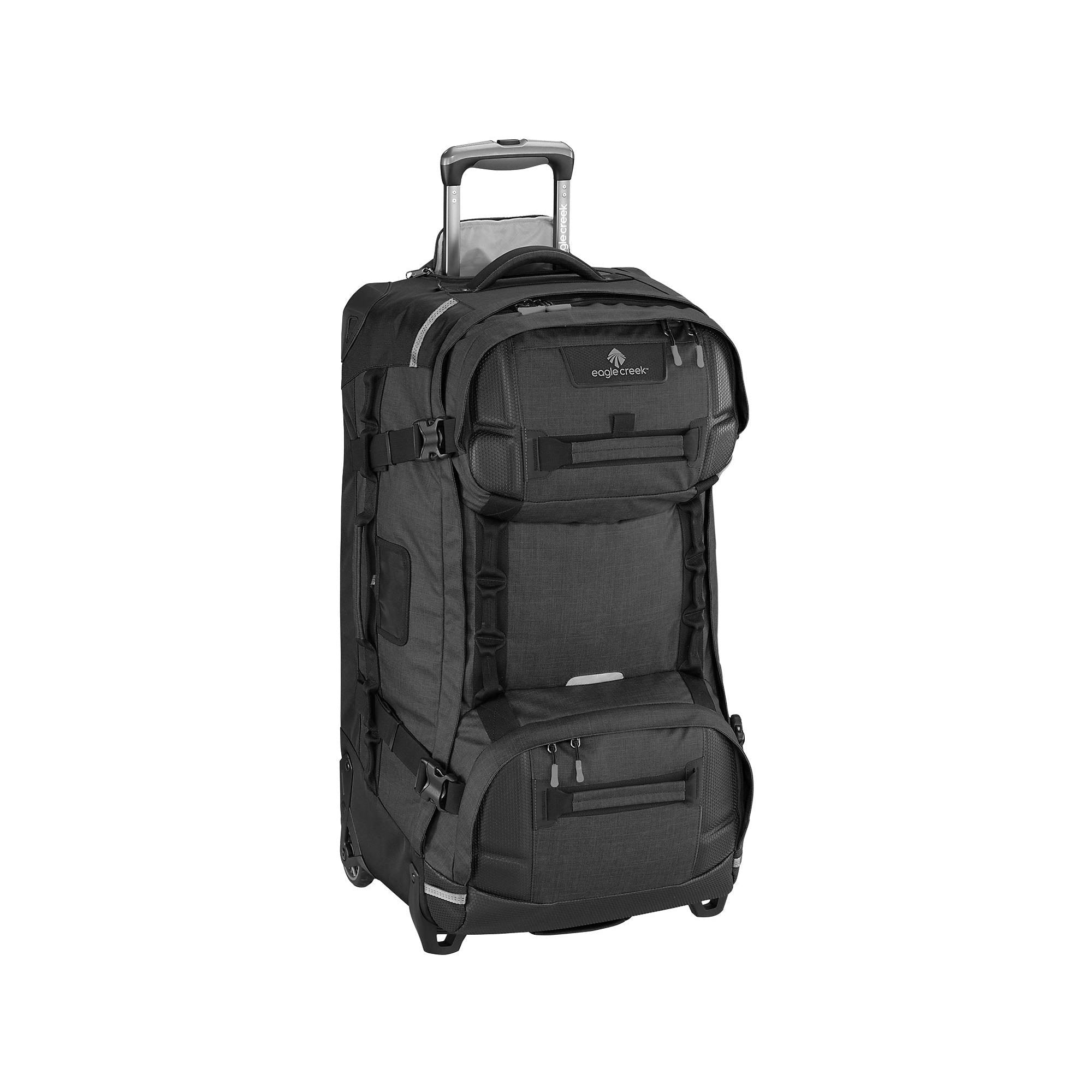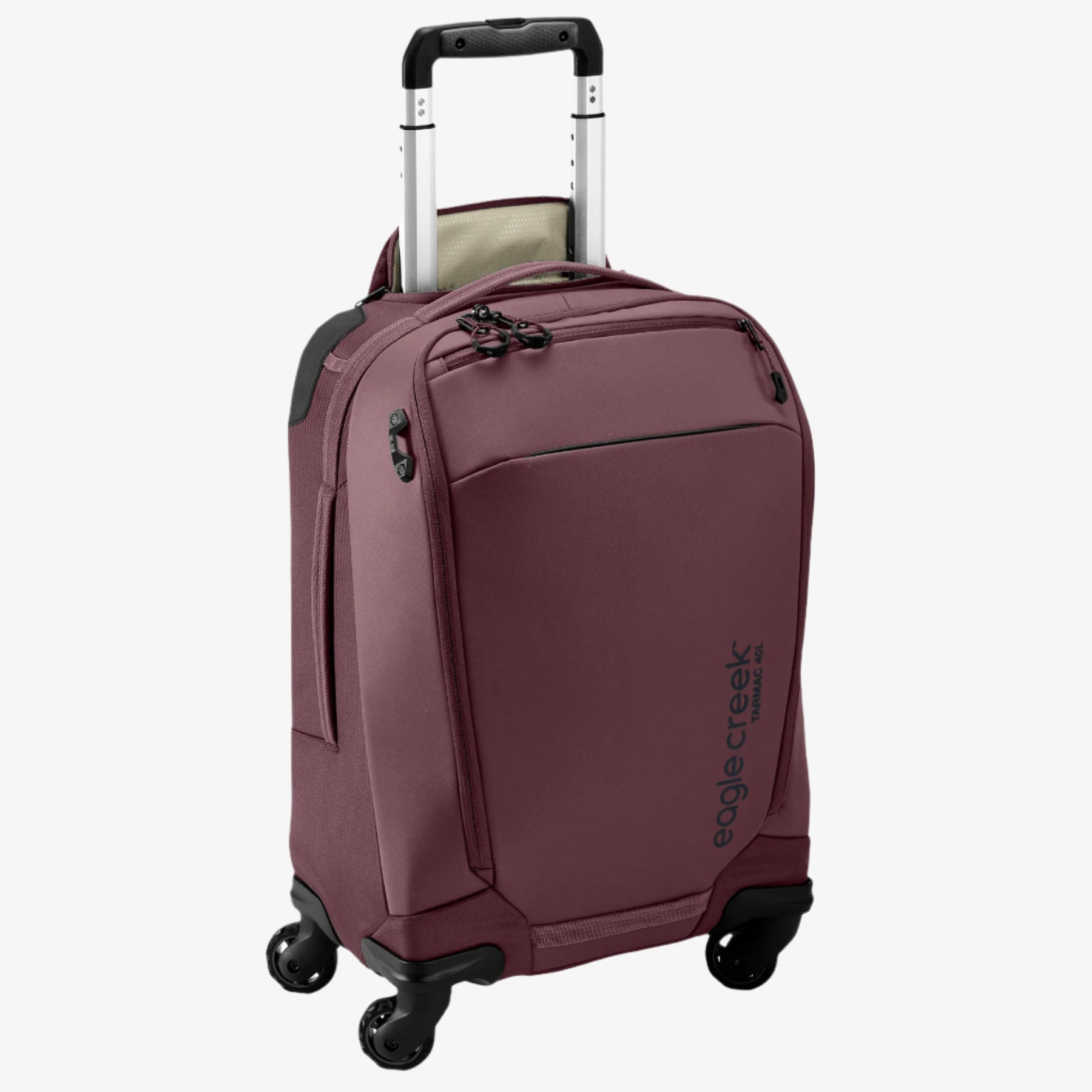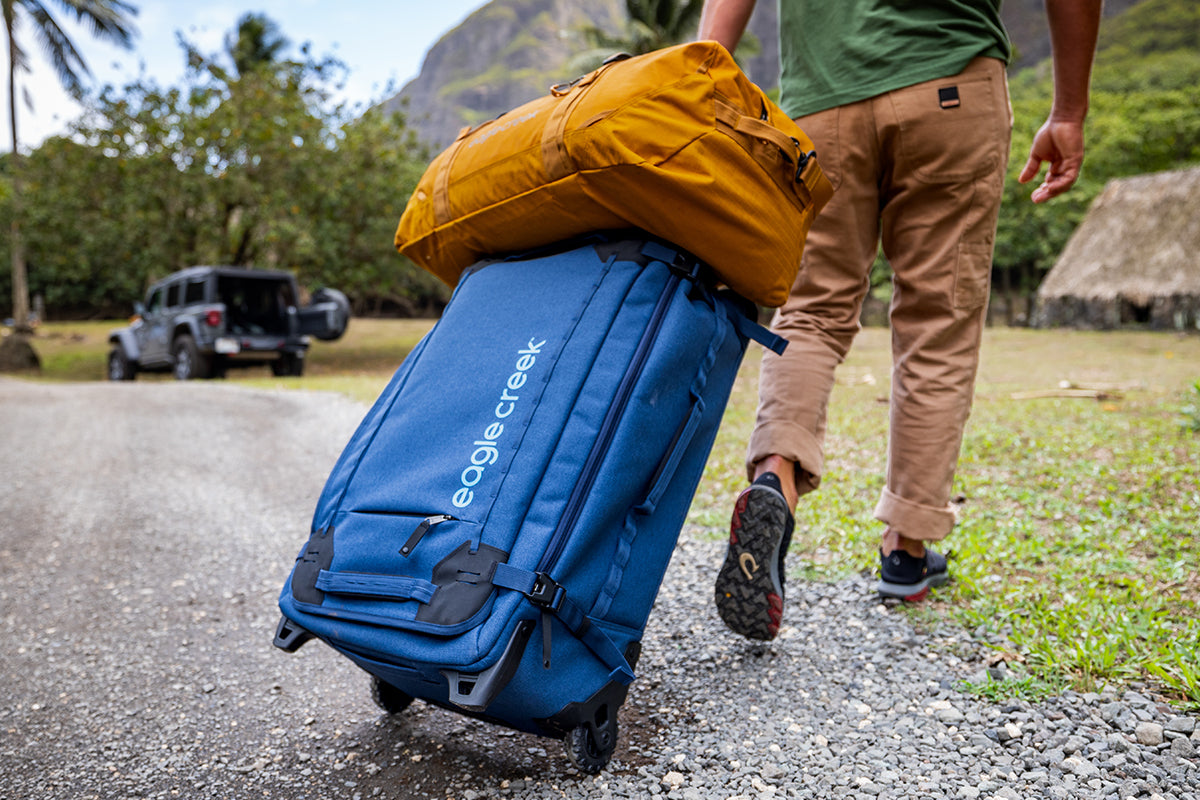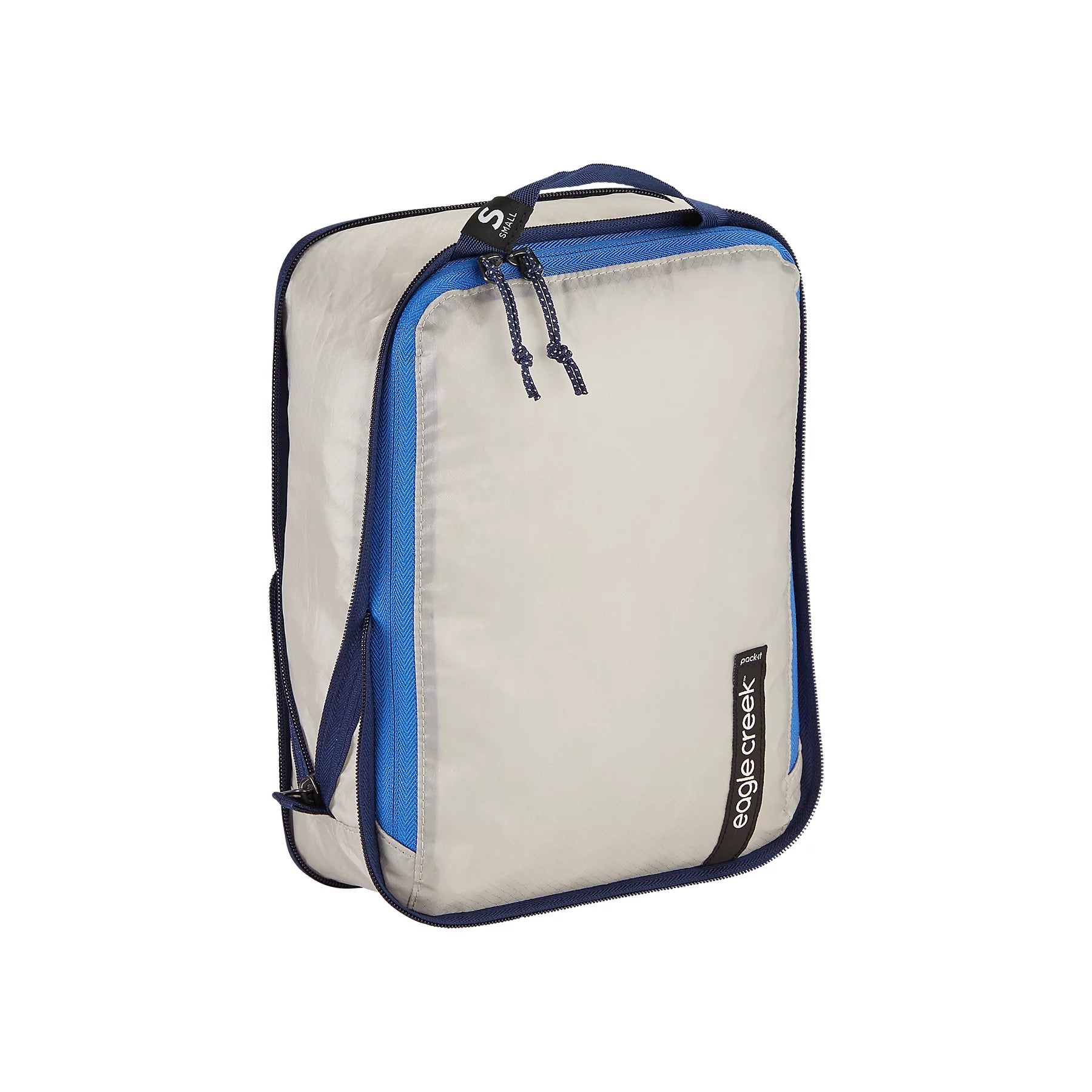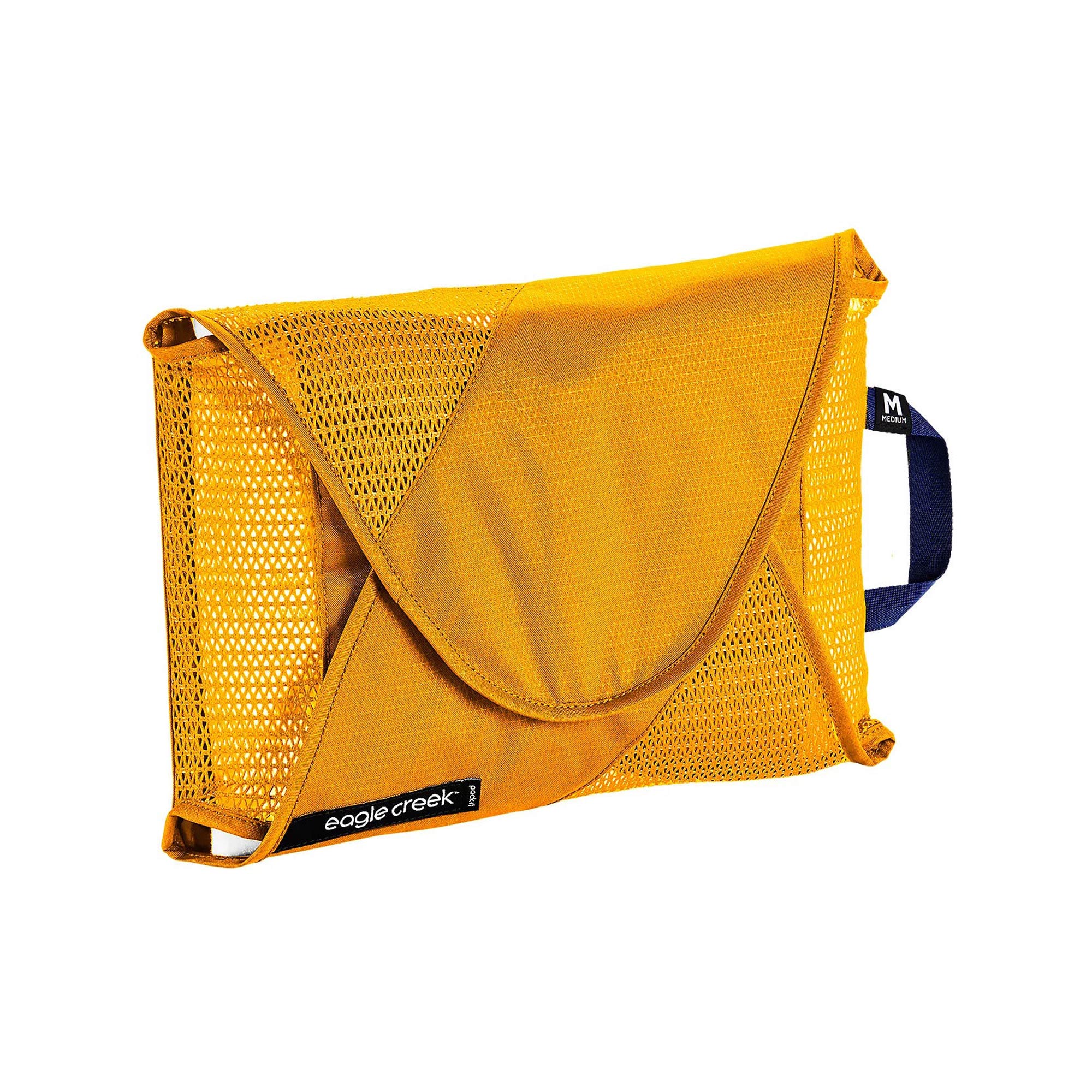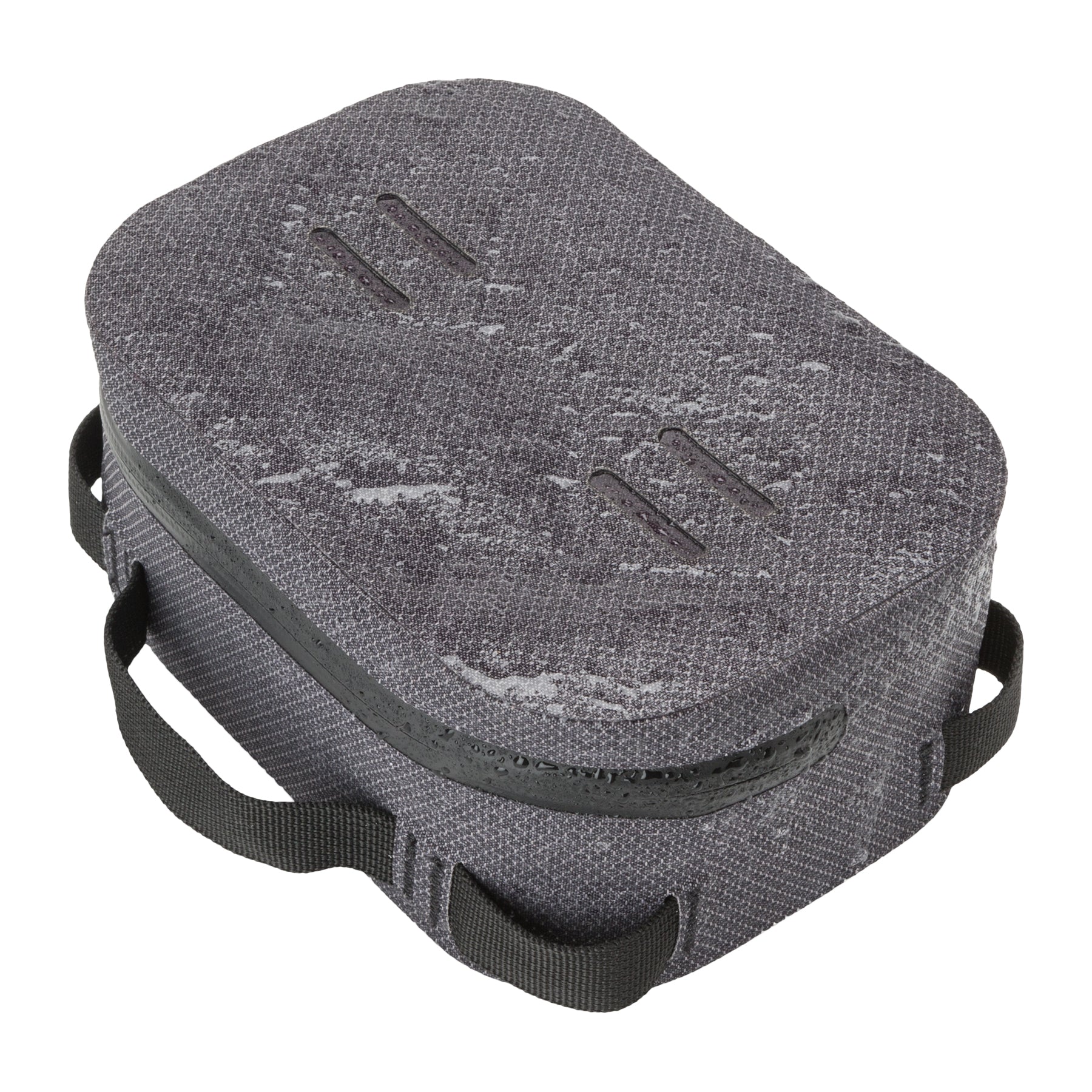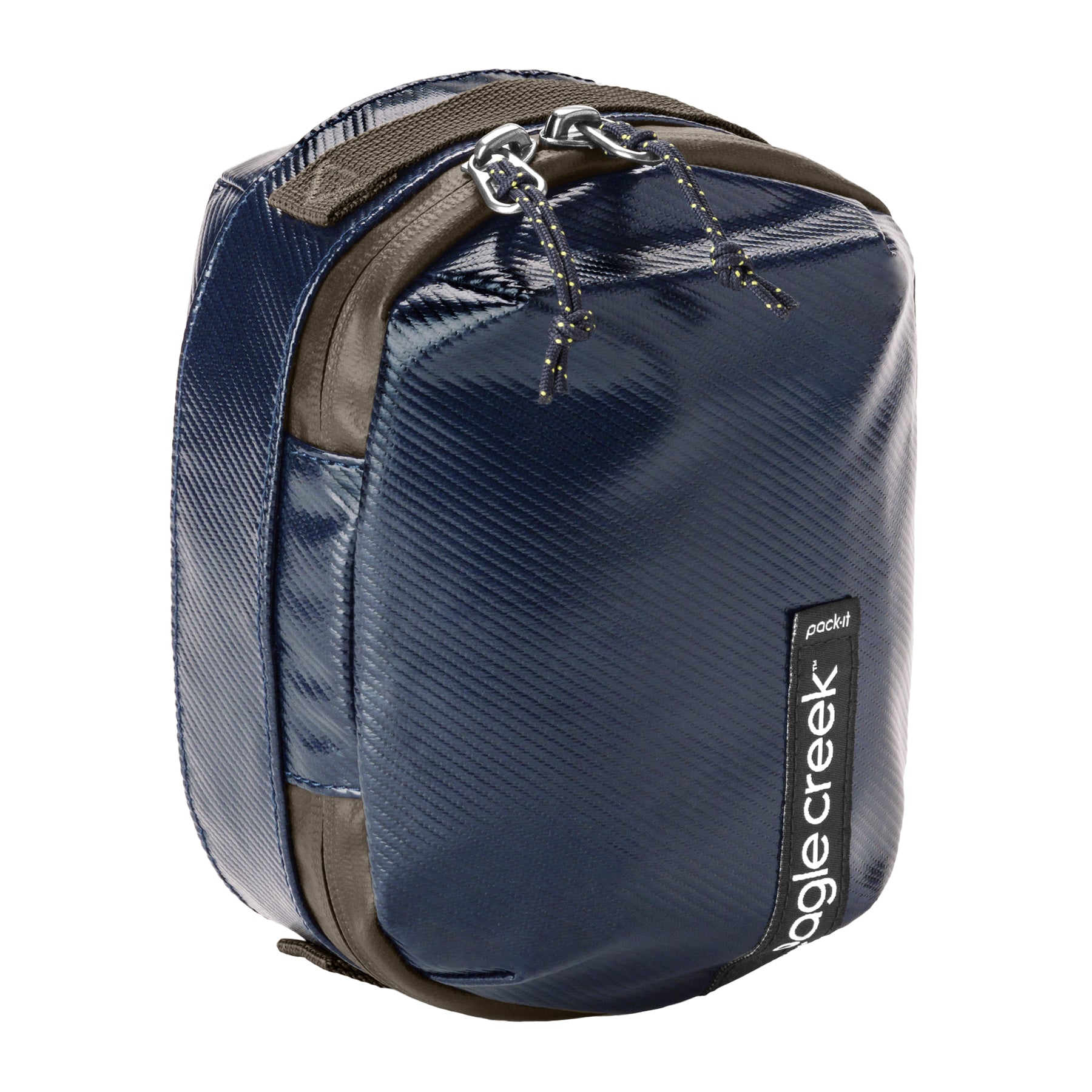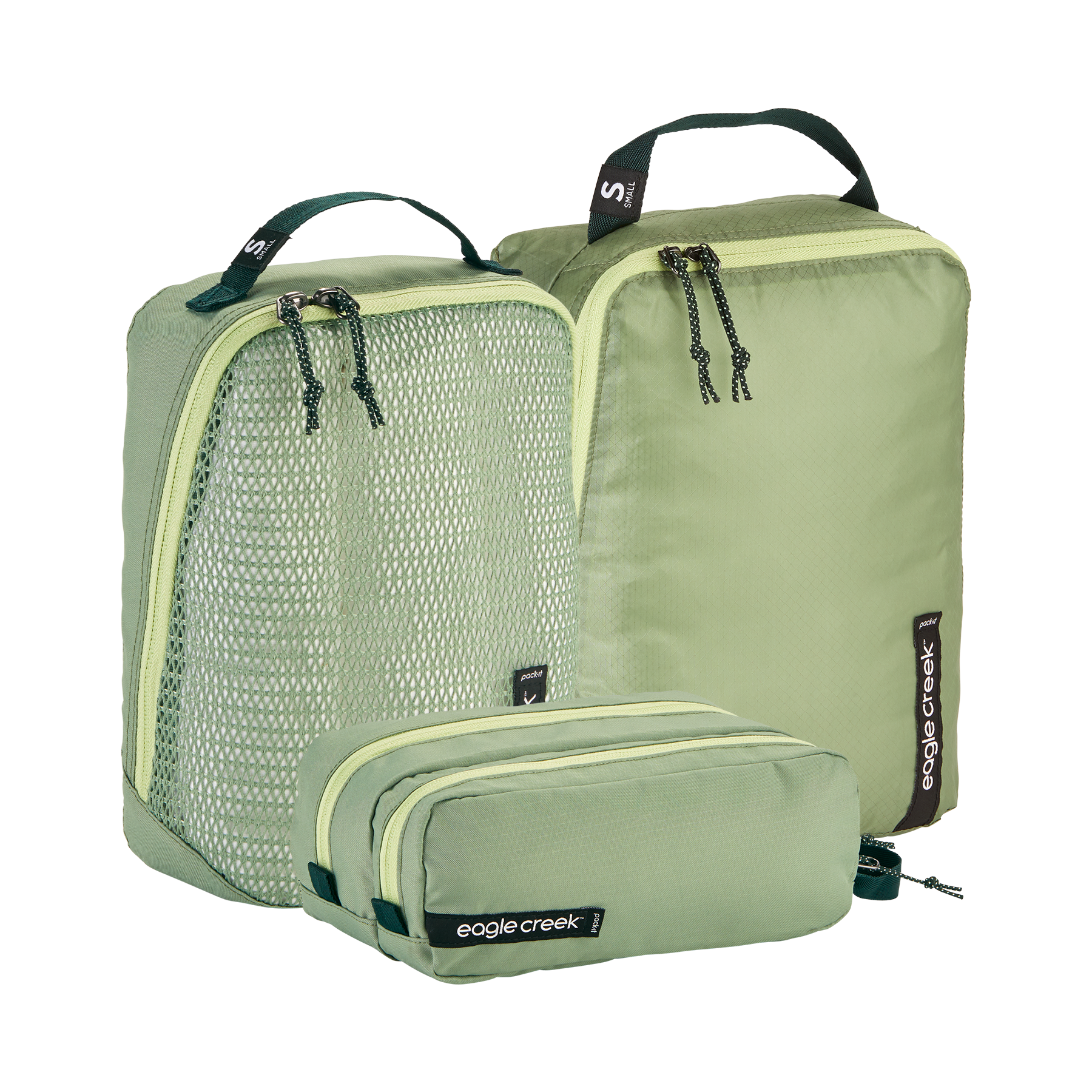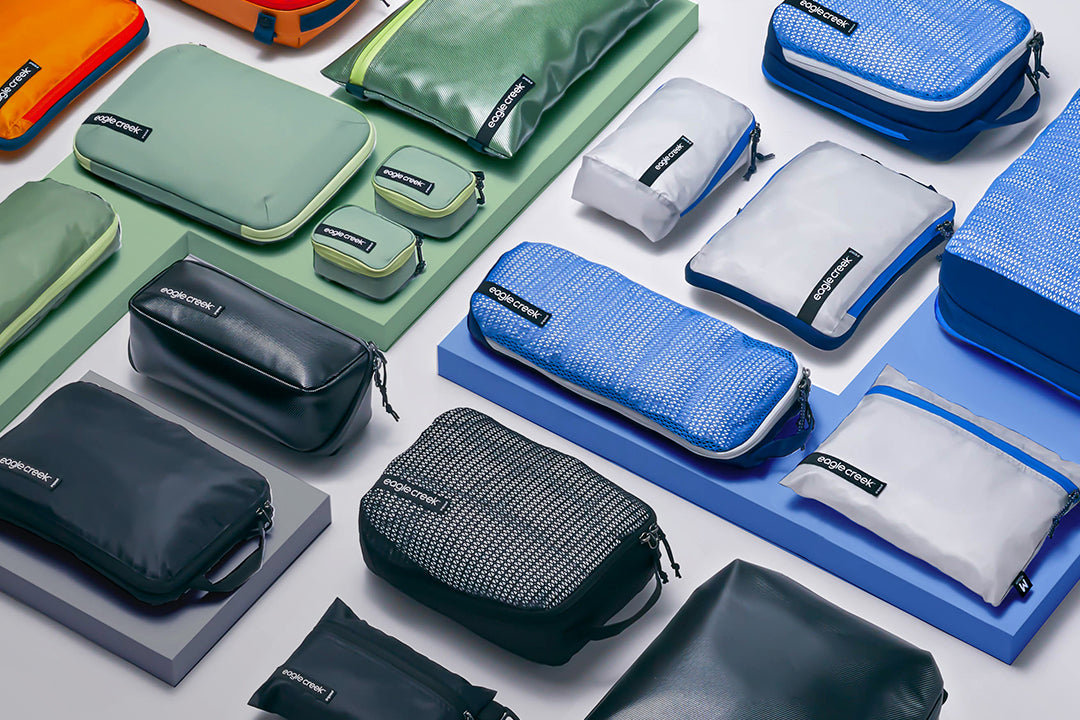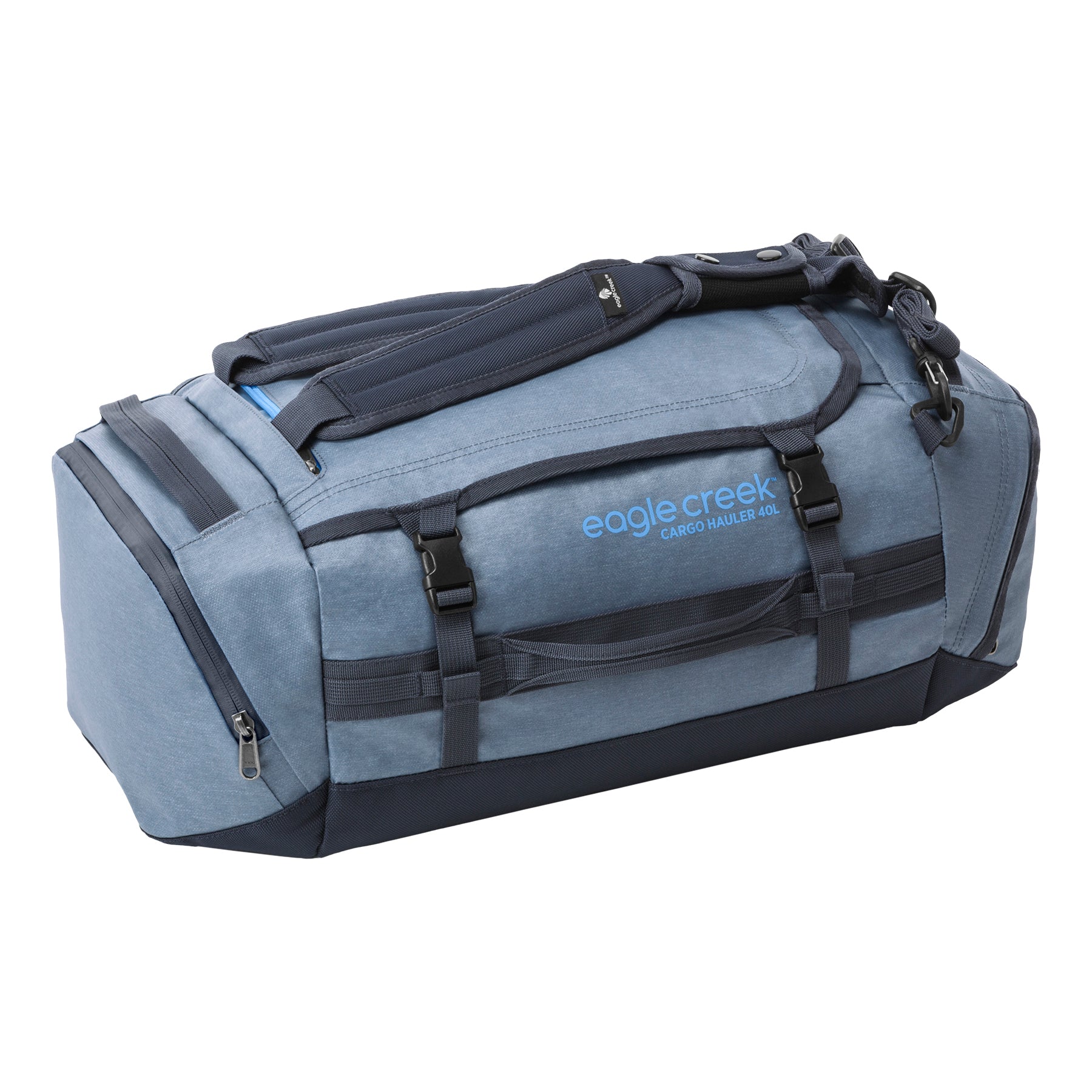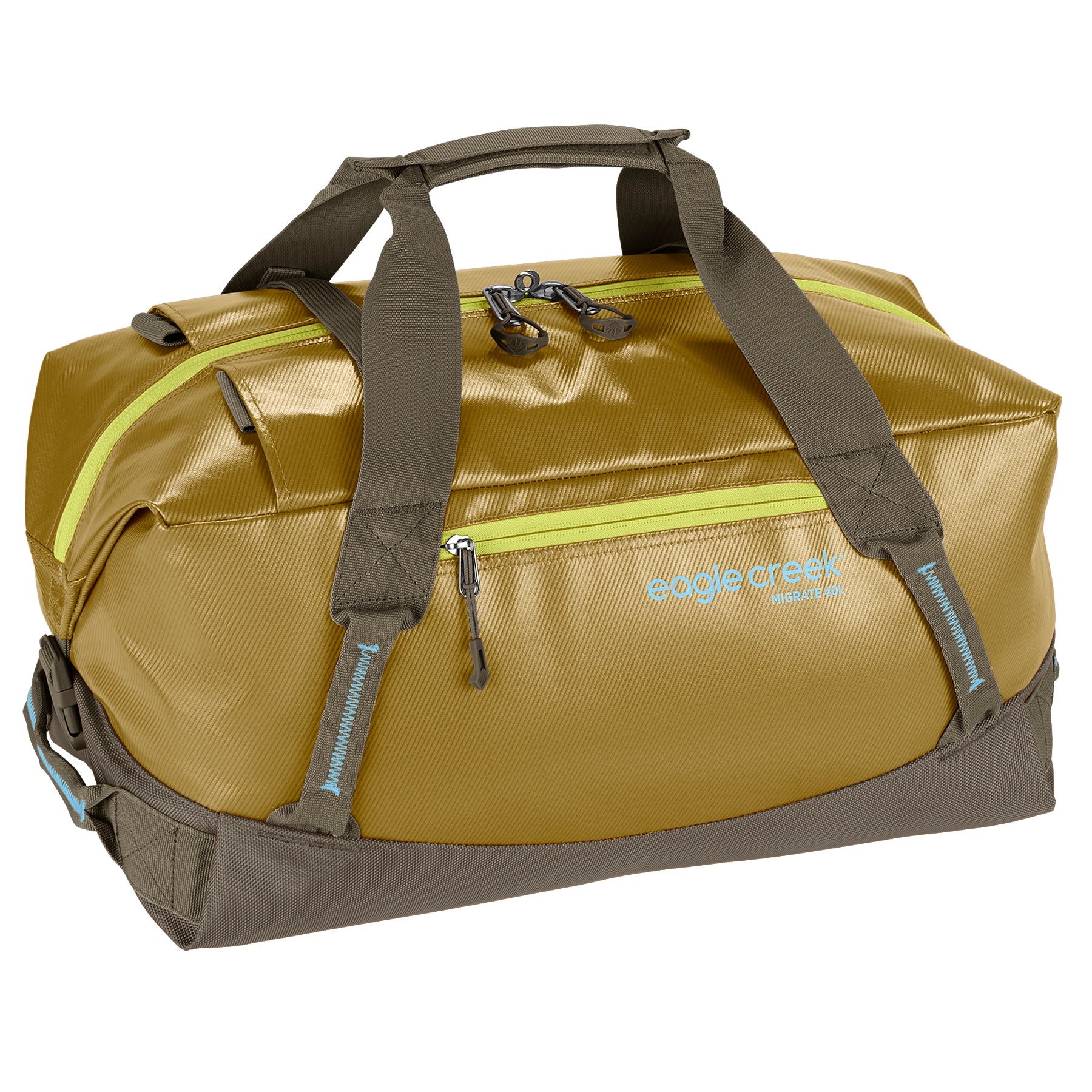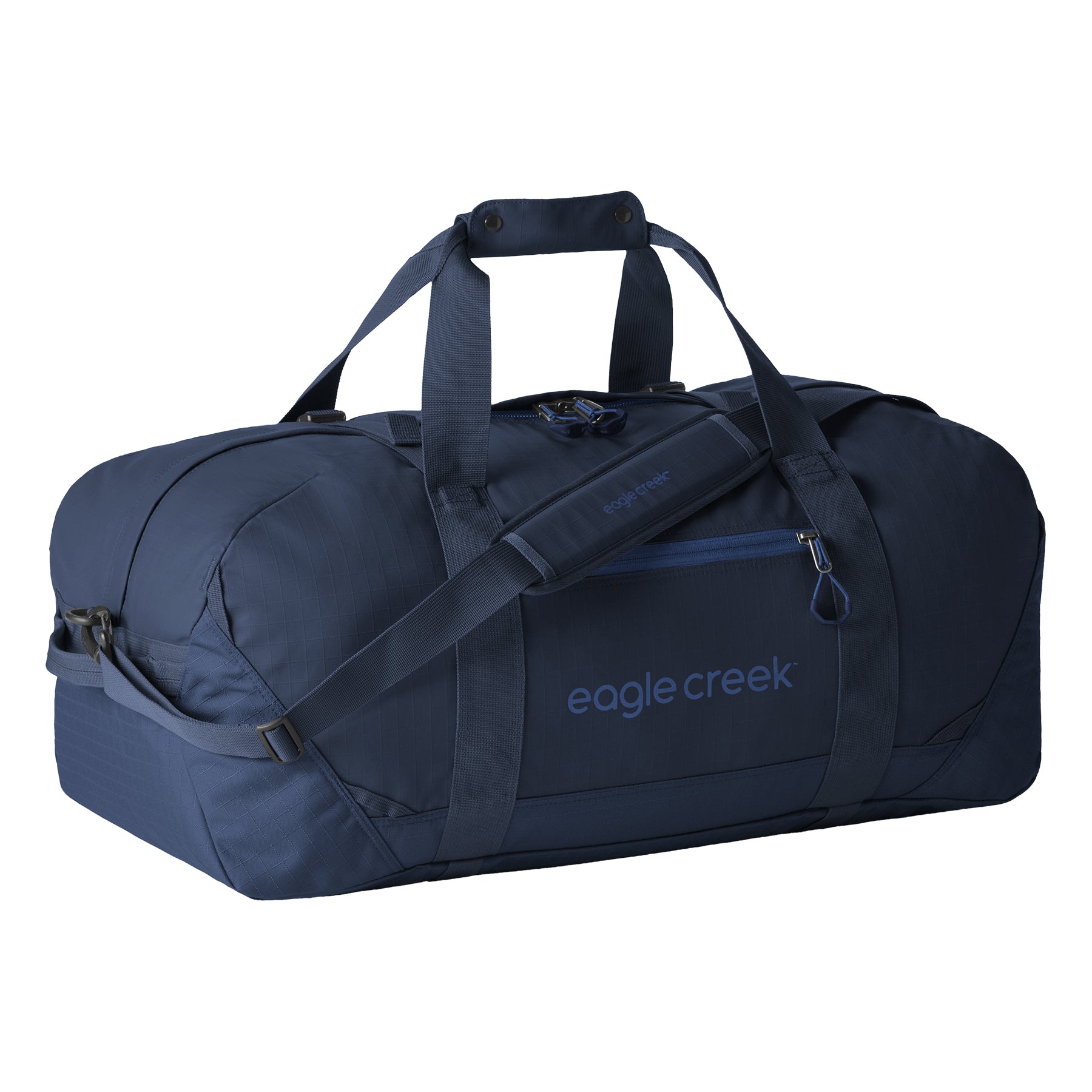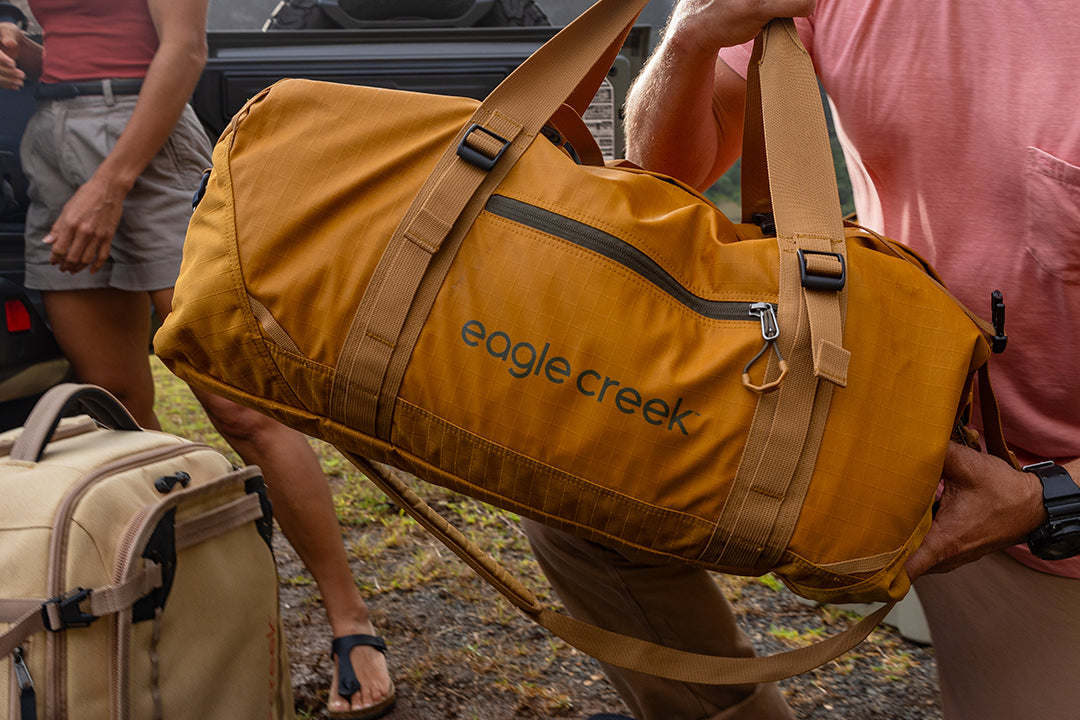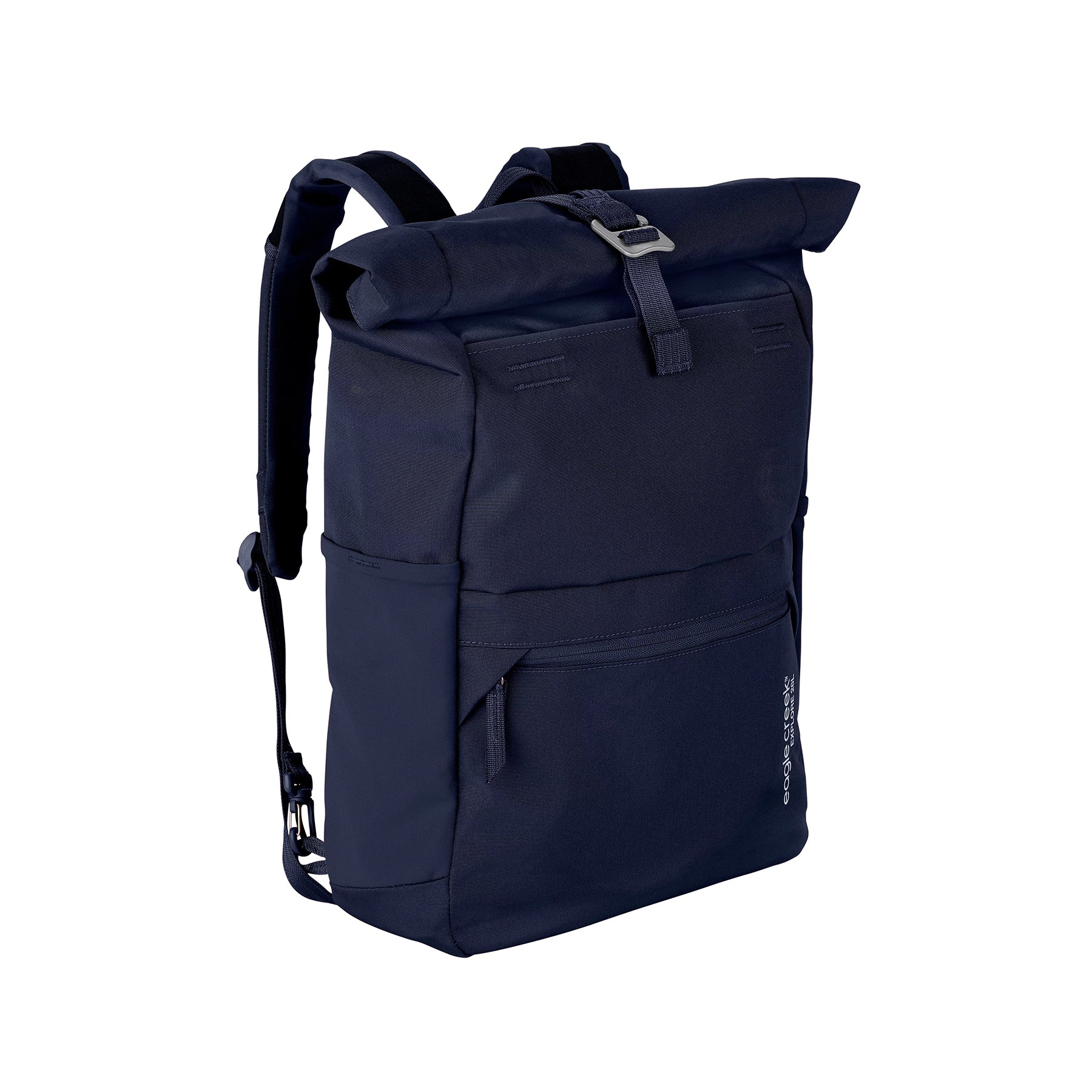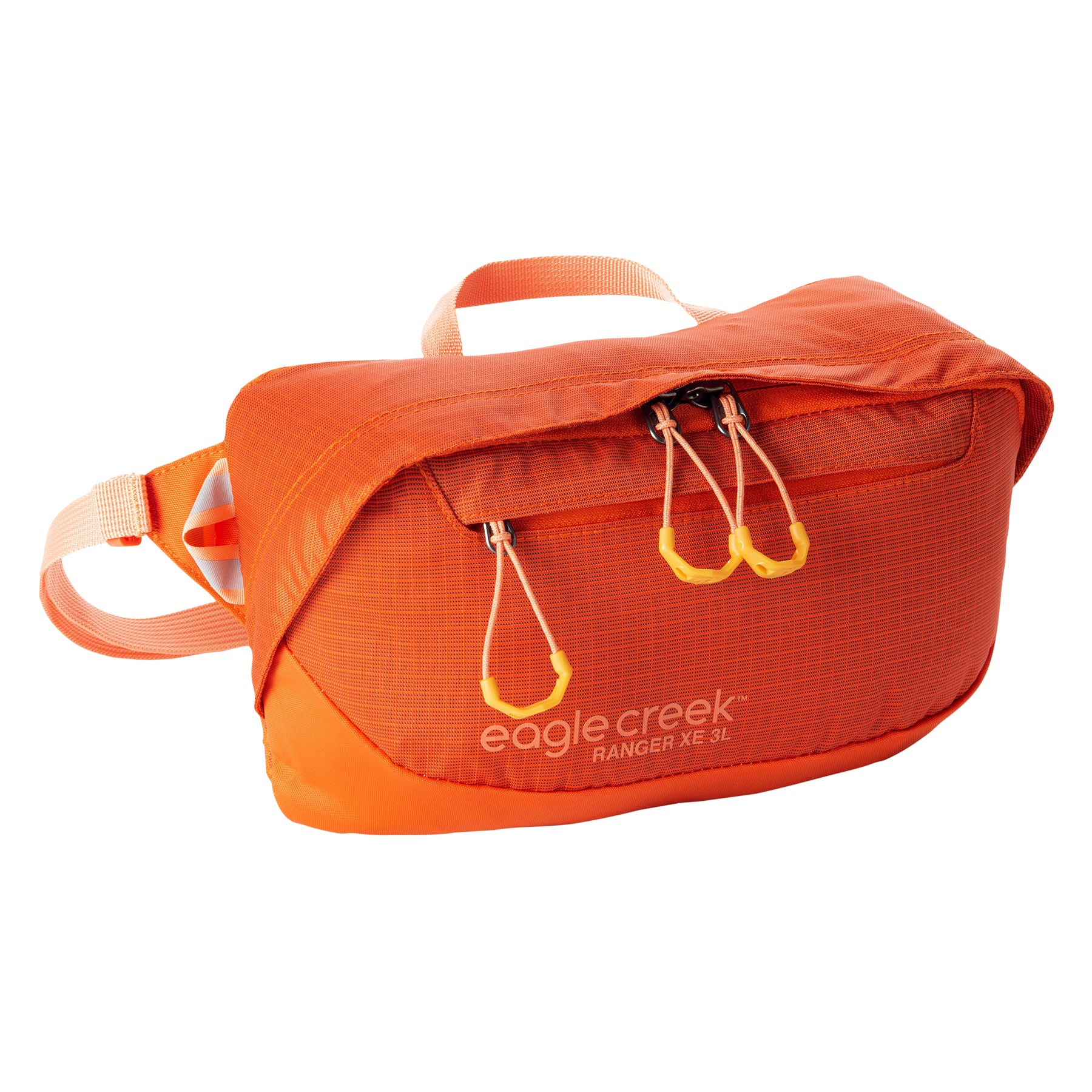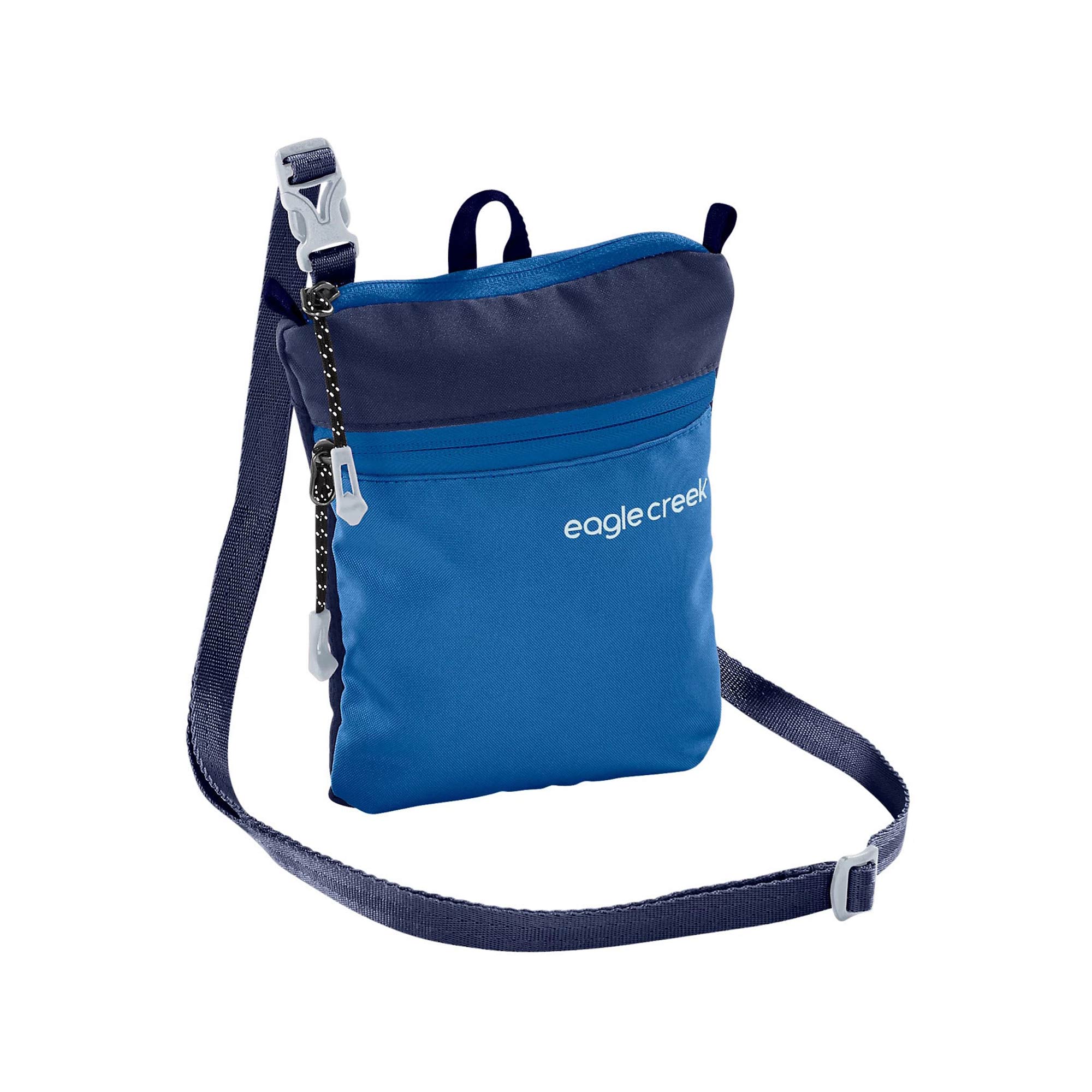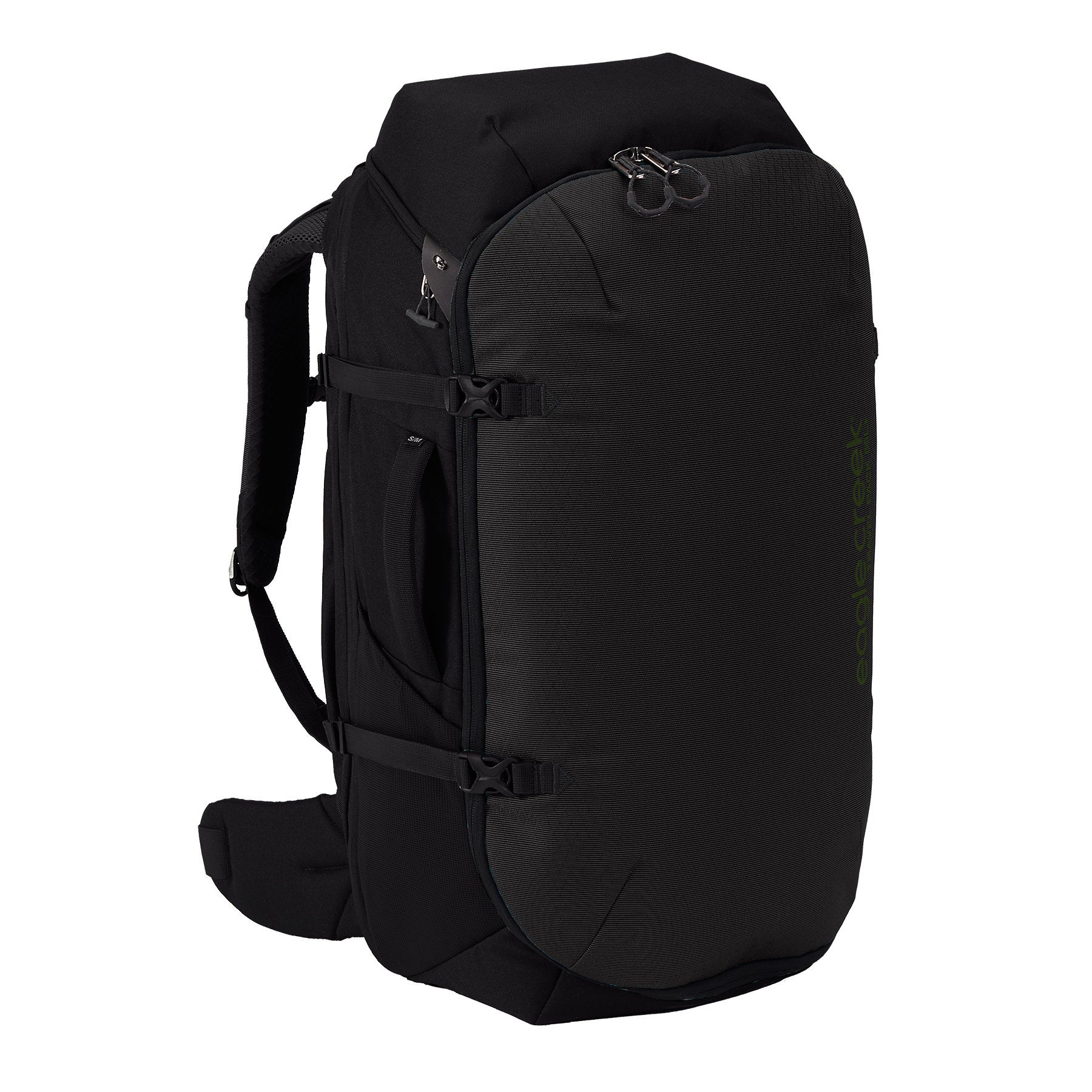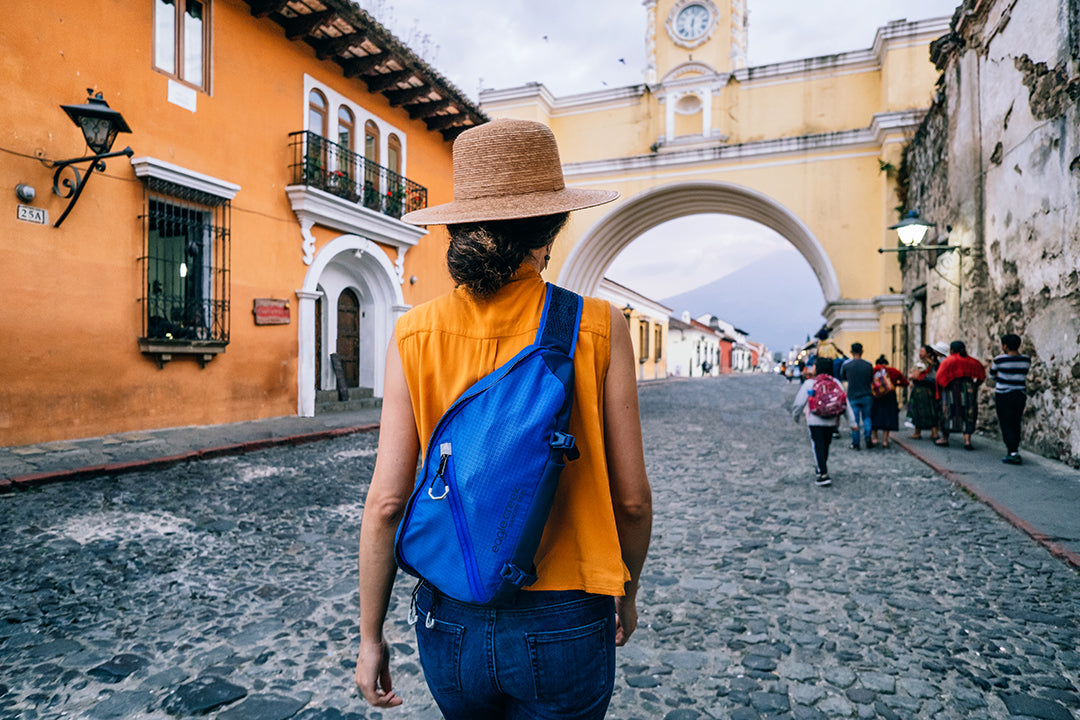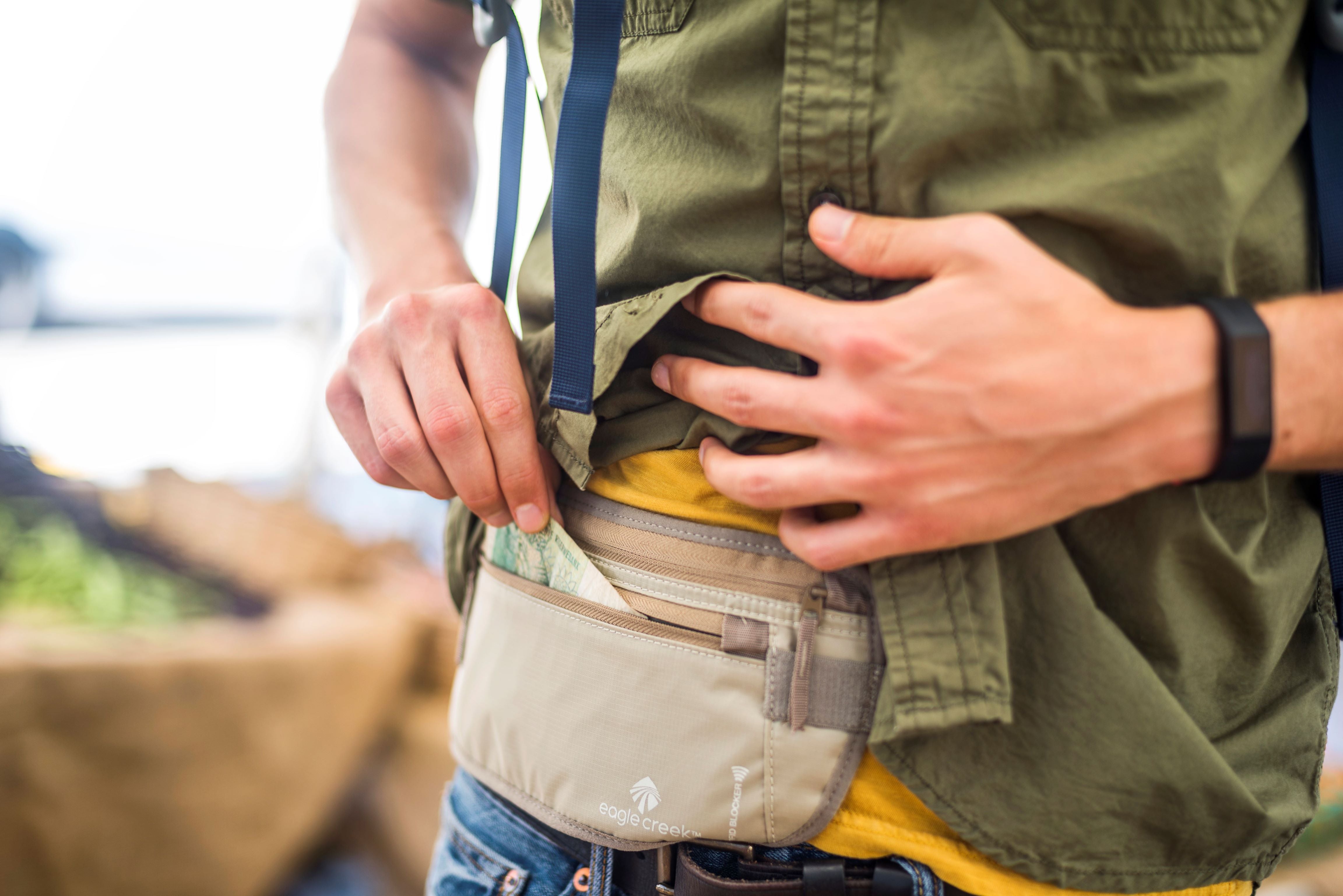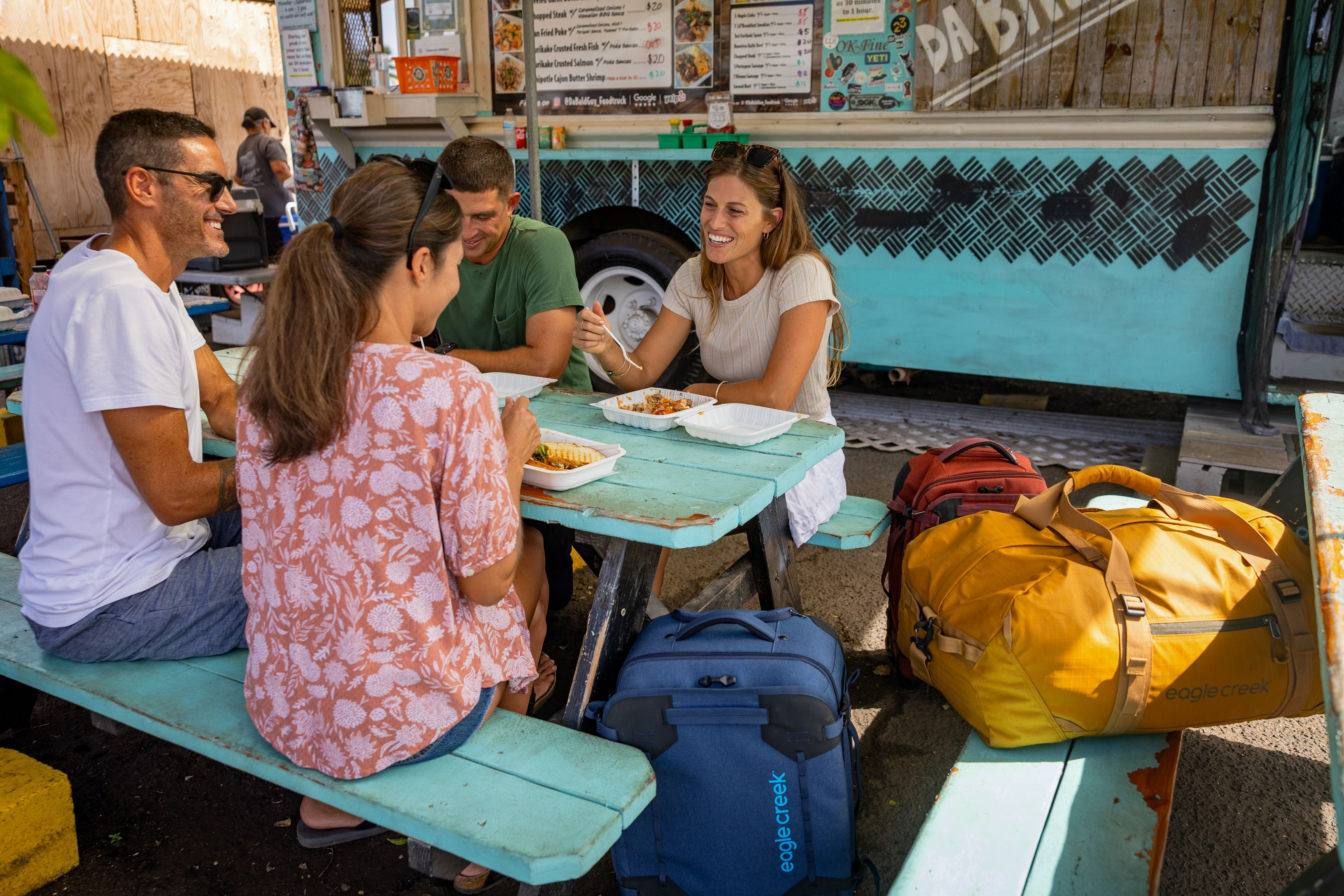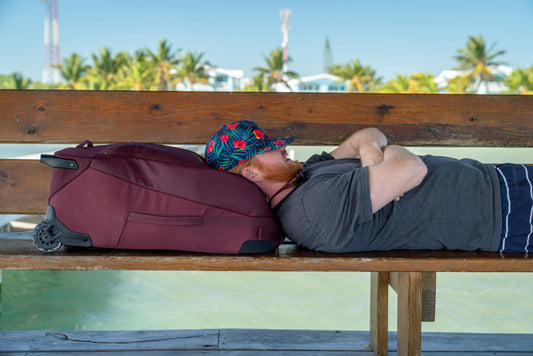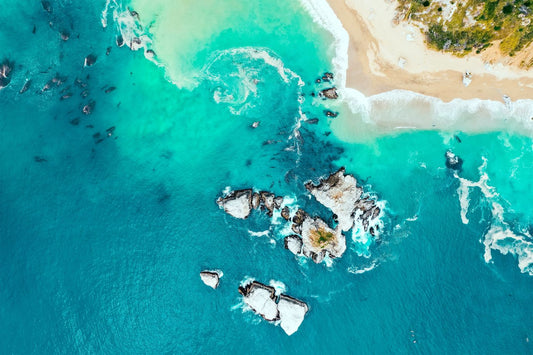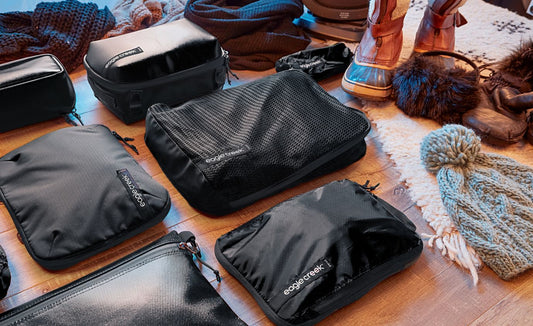7 Items You Need for Summer Backpacking

This summer, hit the trails the smart way. These tips will help you pack the right gear for your warm-weather adventure.
When you’re getting ready to travel during the summer, it’s important to keep a few key things in mind. Warm weather often means spending time outdoors on activities like backpacking, but climbing temperatures make it crucial to take some safety measures first. Before you lace up and head out on your summer adventure, check out these travel tips and pack these essentials.
1. A Lightweight Pack
Whether you’re heading out for a day hike or going on a longer journey, one thing is certain: Traveling light is essential. Trekking all day with an over-filled pack can suck the fun out of any journey—especially when you have to combat the sweltering summer heat. When possible, bring only essential gear and load it into a pack that’s ultra light and conforms with your body, like the Deviate Travel Pack 85L. A durable bag like this one can not only ease your physical burden, but it can also keep your gear, electronics, and important documents dry and protected while you’re on the move.
2. Calorie-Dense Eats
When you’re knee-deep in summer adventure, the last thing you’ll want to do is turn around because you’re hungry. Be proactive, and pack foods that travel well and help stave off hunger. You’ll need electrolytes like sodium and potassium for energy and complex carbs for sustained power. Look for non-perishable snacks such as energy bars, dried fruit, salty nuts, and trail mix—all of which can help you make it through a trying day. Consider packing snacks in a separate packing organizer, like the Pack-It Converge™ 2-Sided Cube, so you have a built-in place to store wrappers and other food waste during the hike.
3. Water Bottle and Filter
Hydrating throughout the day is crucial, and though many outdoor adventure newbies associate being in nature with sipping clear water from a babbling brook, unfortunately, that’s not always safe. Untreated water may contain bacteria, parasites, or other organisms that cause waterborne illnesses. So, bring your own water bottles filled with water you know is safe to drink. Pack more than you think you may need, but also prepare for the possibility of running out with a portable hiking filter you can use to purify water if you do need to dip into that babbling brook for a refill.
In addition to the water, pack a few electrolyte-filled sports drinks. Not only will they add some variation to your hydration plan, but they will also help replace salt lost through sweat.
4. Bug Spray
Insect repellents help prevent painful and uncomfortable bites—and in some cases, illnesses those bugs can transmit. For the longest-lasting protection reach for repellants with active ingredients like DEET and Picaridin, which can last up to 10 hours. And even when you have bug spray on, take steps to minimize your chances of getting bites. Try to avoid brushy areas and tall grass, and stay in the well-traveled center of the trail rather than scouting the perimeter. As the day progresses and the weather cools down, wear long-sleeved shirts and pants to help keep ticks and mosquitos out.
5. Additional Supplies
A day of hiking in the summer heat means you’ll likely need to wipe sweat from your brow more than once. So, pack a small towel—like the TravelLite Towel L—that’s easy-to-carry, light, and absorbent. Your feet will almost certainly get sweaty, too, so bring an extra pair of socks in case you feel the need for a swap. And be sure to protect your eyes from the powerful sun with UV-blocking sunglasses.
6. (Tell) A Buddy
Even if you’re an experienced hiker, it’s important to let others know where you’re going. If something does go wrong, it’s better to be safe than sorry. Let a friend or family member know what time you’re leaving, the route you’re planning to take, and when you expect to return. It might sound simple, but giving others that basic information could save you if something unexpected happens.
7. (Have) A Plan
It’s easy to lose track of time when you’re enjoying the outdoors, but do your best to schedule your entire day before you head out. Aim for an early start, and try to do the bulk of your hike before the hottest time of day (11 a.m. to 2 p.m.). When you pack, take temperature fluctuations into account and toss an extra layer or two into your bag. Warm days are often followed by cool nights, so although you might not need more than a tank top during the day, you may want to add layers later on. Use the ultra-light Pack-It Specter Tech™ Cube Set to organize the clothes in your pack (the translucent fabric means you won’t have to open each cube every time you need to find one thing) and protect them from any potential water or toiletry spills.
For more packing tips, check out Eagle Creek’s Ultimate Travel Packing Checklist.
While Eagle Creek is here to provide tips and insights on travel, we cannot accept any responsibility for any potential consequences arising from the use of this information. Always conduct your own research and use your best judgment.
Related links (from Eagle Creek blog):
